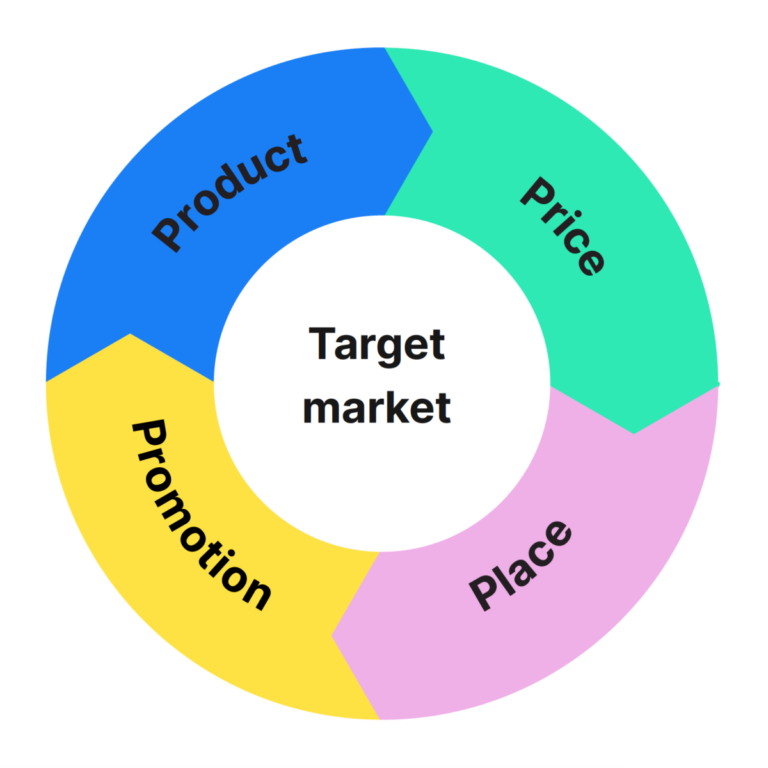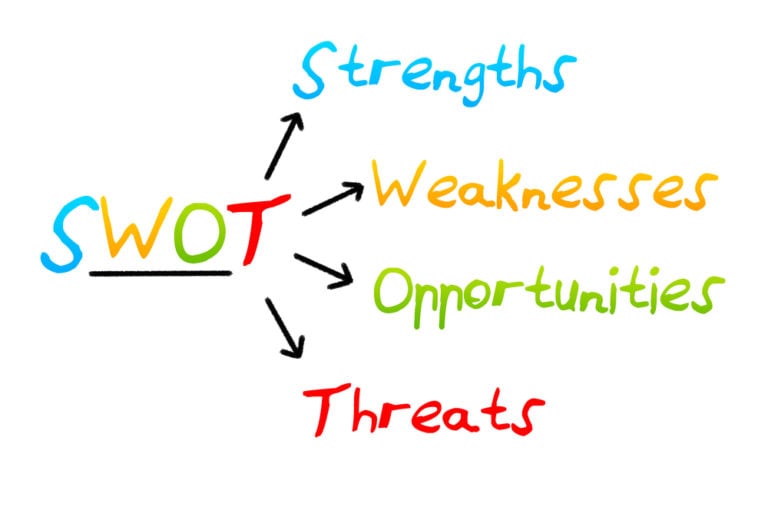In order to sell often and well, you need to know your client by sight. Any good salesperson will tell you this, especially a person from the B2B sphere, where the success of a transaction depends on emotional contact with the client. The basis for stable sales is always a clear segmentation of the target market. It is impossible to work with everyone; one way or another, a certain target group buys from you.
You’ve probably noticed how certain advertisements haunt you on the Internet, but what is actively advertised on TV you will not see in advertising on social networks. All this happens because somewhere smart marketers have placed you in a certain segment and you receive advertising that is specific to your target audience profile.
Due to the active growth of the socio-economic factor, potential clients have received serious differences from each other: in terms of income, different levels of education and awareness, which has created buyers with more complex needs, tastes and lifestyles.
Market segmentation rules
There are 3 main groups in marketing:
- demographic segmentation
- geographic segmentation
- behavioral segmentation
Demographic segmentation features include information such as age, gender, marital status, income level, occupation, racial or ethnic origin, and important dates or events (such as birthdays).
Geographic segmentation distinguishes between different areas, which may differ in sales potential, growth rate, customer needs, culture, climate, service needs and competitive structure. Accordingly, the target audience that lives in a particular area will fall into the geographic segment.
Behavioral segmentation is the most voluminous. It has several signs:
- consumer needs: directly related to the desired needs
- selection criteria: quality, service, price, reviews, status
- behavioral signs associated with the product: these include intensity of purchases, degree of loyalty, degree
- predispositions to purchase and sources of influence on the purchase decision
General behavioral signs:
Lifestyle: Lifestyle segmentation, or psychographic characteristics, groups consumers based on their activities, interests and opinions. Often companies use more narrow tagging of each group based on the degree of distinctive behavior and decision making:
- actualizers
- performers
- achievers
- experienced
- supporters
- aspiring
- creators
- wrestlers
Each group is assigned its own characteristic of behavior according to which a particular client falls into the corresponding group.
Social class: any society is characterized by class. The middle class is more attentive to education and family life. The lower-middle class is characterized by a craving for global discounts and promotions, while the upper-middle class values status.
Selecting an attractive market

First you must determine the factors of market attractiveness; to do this, answer a number of questions:
- Are there unmet or underserved needs that we can address?
- how many potential clients?
- what is the market growth rate?
- what is the growth rate of the number of potential buyers?
- can the target segment create the basis for subsequent expansion into adjacent segments?
Next we answer questions that determine the factors of business competitiveness:
- Can we differentiate ourselves from competitors?
- Can we work effectively in the long term?
- At what stage of the life cycle are competitive products?
- What is the threat from new market entrants?
- What is the threat from fungible products?
- What is the intensity of competition?
- Do we have enough resources in the long term (innovation, development, marketing, management)
- What is the bargaining power of suppliers?
- Is the geopolitical situation favorable?
After the answers to the questions are given, you can already select attractive segments, make a forecast for them and distribute an action plan. Often, at the end of such an analysis, a separate SWOT analysis is performed for the selected segments to enlarge potential threats and growth areas. We will not delve into the topic of constructing a swot analysis; below I will leave the final version of the swot analysis for one of the companies:
Choosing a strategy for interacting with the target market
The next stage of working with the target market is choosing a strategy. There are three common target marketing strategies:
- market niche strategy: this strategy is to serve several segments in order to avoid competition with large market representatives.
- mass market strategy: if you have enough resources and you can reach the largest number of consumers with one marketing program, then you can work with the mass market. Here the goal is always the same – to achieve maximum sales volume in order to achieve economies of scale and cost advantages.
- growth market strategy: This strategy is often chosen by small firms with innovative products. Here you need to understand that the market itself will have to be formed and a lot invested in product differentiation and marketing in order to widen the gap with potential competitors and those who are planning to enter this market.







